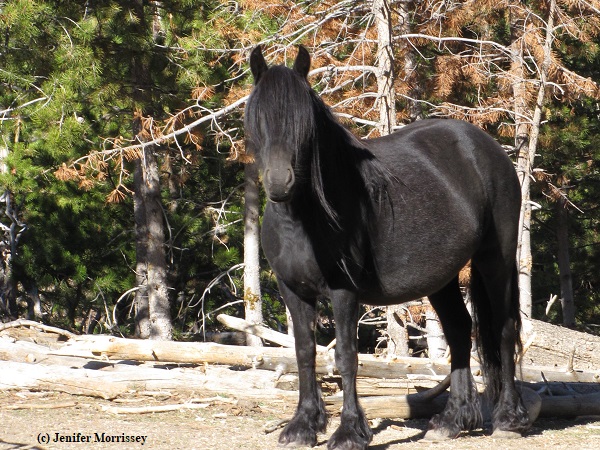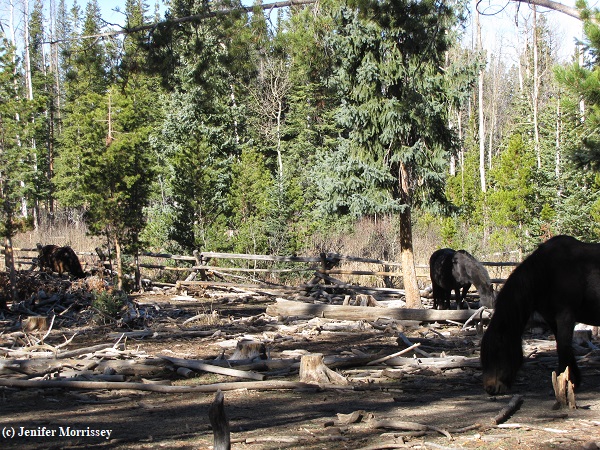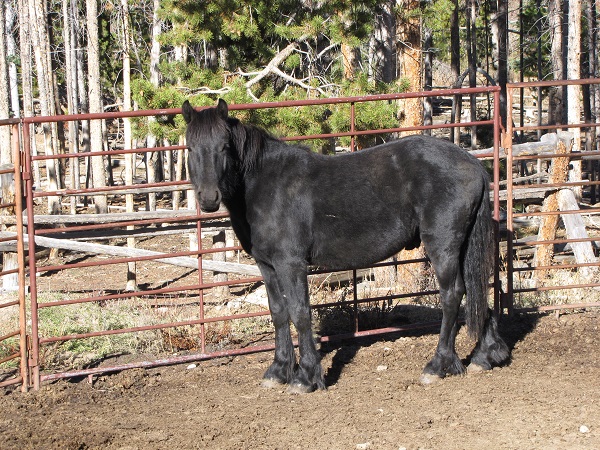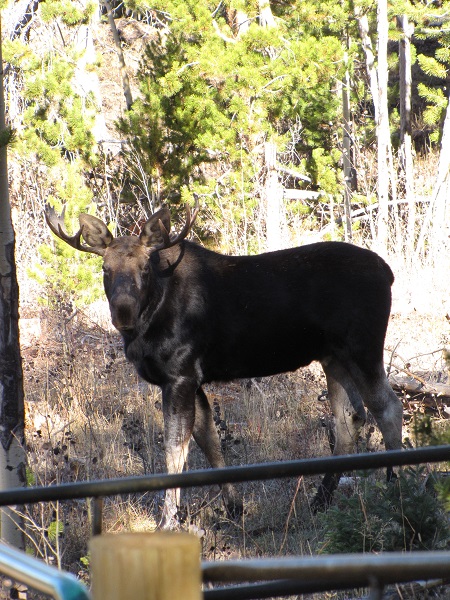Is It Misbehaving When...?!
/One of the great benefits of owning Fell Ponies in the internet age is making human friends across the globe with people who also own Fell Ponies. Many of these people I will never meet in person, but they enrich my life nonetheless. One friend in particular made my day when they shared a story about their pony that is a close relation of one of mine. Sometimes it feels like we four are much more in harmony than the distance between us should allow.
My management routine for my herd right now has me exercising Willowtrail Wild Rose daily. For the past two weeks it’s mostly been me hand-walking her because I’ve had the flu (protect yourself – it’s awful stuff), and I haven’t been up to riding or anything else. There have been a few times when I’ve been trudging along at my end of the lead rope, slower and slower, and I’ll feel Rose nudge my shoulder or elbow. It could easily be interpreted as a domineering pony misbehaving, but this pony ‘listens’ and ‘communicates’ in special ways. She’s urging me to mount and let her carry me up the road rather than exhausting myself any further. I comply if I can, and she’s foot-perfect taking me home.
My friend with the closely related pony shared the following story: “Yesterday, H made me very happy. I had her in the arena to let her and another horse run loose. We are not allowed to do that, but... Well I did it anyway. Someone came in, and I hurried to get a neckrope around her to pretend we were doing ground work, then I went to the door and called for H. I wanted to go to the paddock, but she refused to come. I called again, and she just made a silly face. I offered a treat, and she still refused. Then I got the message! My daughter is starting to ride without a bridle, just the neckrope, and H wanted to show off her new skills! I went to the mounting block and asked H to fetch me from there. She did and then carried me around the hall and in all the circles I could wish for. Sweet girl!”
Rose and H are cousins, despite living on different continents, and they share this uncommon ability to observe and communicate with their chosen human. It does appear there’s something hereditary, since Rose’s daughter, Willowtrail Moonlit Lady, already at just six months old, observes and communicates with me, too, approaching me differently than my other ponies do.
These ponies give us human partners incredible displays of insight and gifts of cooperation that we are lucky to get from our human friends. While someone else might say that Rose and H were misbehaving with their nudges and refusals, I prefer to look at their behaviors as something entirely different and definitely in the blessing department. How lucky H’s owner and I are to share our lives with our ponies and each other!
© Jenifer Morrissey, 2018
















